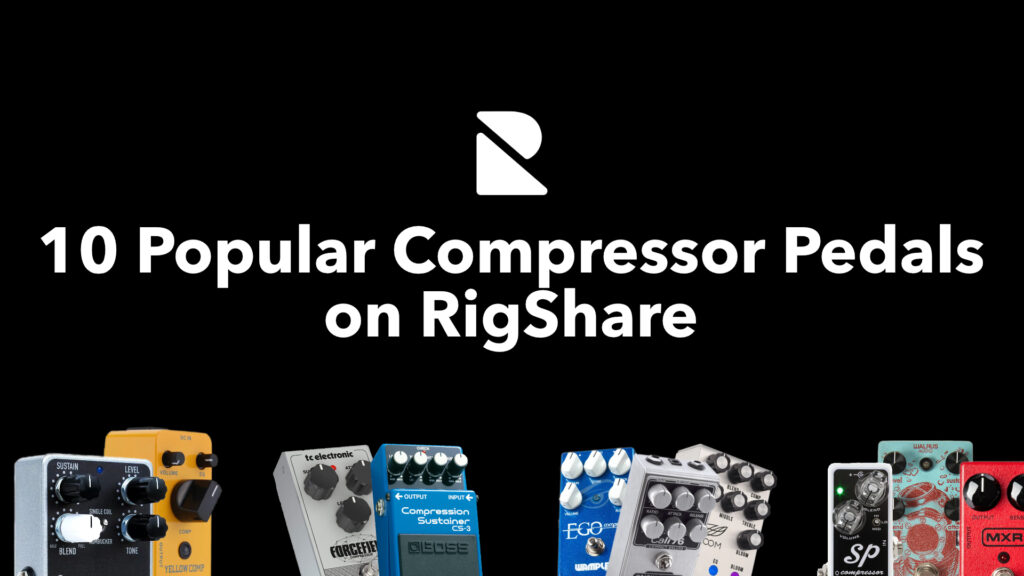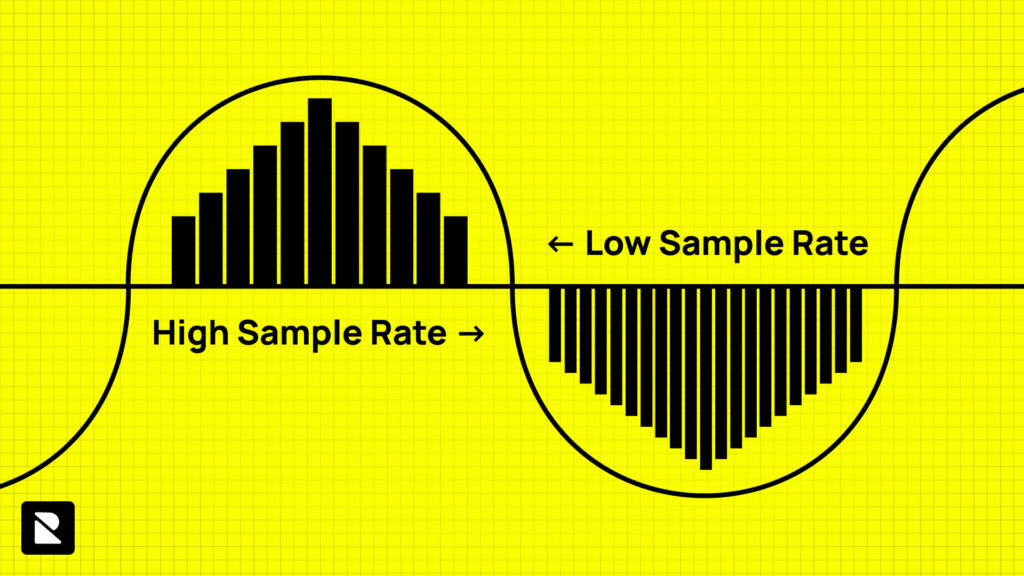Understanding Reverb
James Laverdure | May 18, 2020
If you are a musician or audio engineer, you may be very accustomed to reverb as a special effect you add for enhancing your sound. While this is true, reverb is actually one of the most basic and common attributes of natural sound that we are exposed to every single day. So even though we may not always be paying attention, reverberation is happening all around us. There are a myriad of reverb plugins, processors, pedals, and modules out there that can take any sound and add the right reverb effect to it. Most of these tools come with presets for adding reverb, which is great, but there may be certain cases where you need to know how to apply your own reverb starting from scratch. Well, in order to do that, let’s take a moment to really understand what reverb is and how to manipulate it.
How does it happen?
Reverberation happens when a sound is projected and bounces off of different surfaces and is heard as replications of the initial sound. It can be thought of as the elongated hearing of a sound, even after that sound has stopped being projected. The characteristics of that reverb are dependent on the specific attributes of the room where the sound is being projected. Those key attributes include the size of the room, the contents within the room, and what the surfaces of the room are made of.
Room Size
The bigger the room, the longer it takes for sound to travel from one surface to another. This will make the tail end of the reverb longer. Take the example of sound traveling through a large cave. The sound travels very far and is heard as a very big sound. In this situation, there is a very long decay or diffuse, which describes the time it takes for the sound to no longer be heard. In the case of a smaller room, there will be a different effect because sound will travel faster from surface to surface. The sound will not be as big and it will decay/diffuse much faster until it is no longer heard.
Room Surfaces
The surfaces of any room have a great effect on the reverb of any sound in that room. The harder and more dense a surface is, the more sound is likely to bounce from these surfaces causing more reverb. With softer and less dense surfaces, sound is more likely to be absorbed causing less reverb. Typically, in homes where reverb is not desired, it is common to place things like carpet, rugs, furniture with fabrics, and other soft surface items within rooms. If you’ve ever been to a large concert hall, you will see that there are a lot of hard surfaces and open space. These halls are specifically designed to use these surfaces to help sound resonate around the room to enhance the experience for the audience.
Room Contents
The contents of a room will have their own effects on reverb as well. More things in a room means more surfaces for sound to bounce from. This will make the room more dense, causing reverb to hit more surfaces and ultimately diffuse faster. Bouncing off more surfaces also means that the sound will potentially travel in more directions. When sound travels in different directions, our ears hear that sound from different places and at different times. So in essence, there is a little bit of delay at play here when we are talking about reverb.
All of these aspects of reverb are important to understand because this knowledge will help in achieving our desired sound in the creative process. If you are looking for a new reverb to add to your rig, check out these 12 Popular Reverb Pedals on RigShare.

